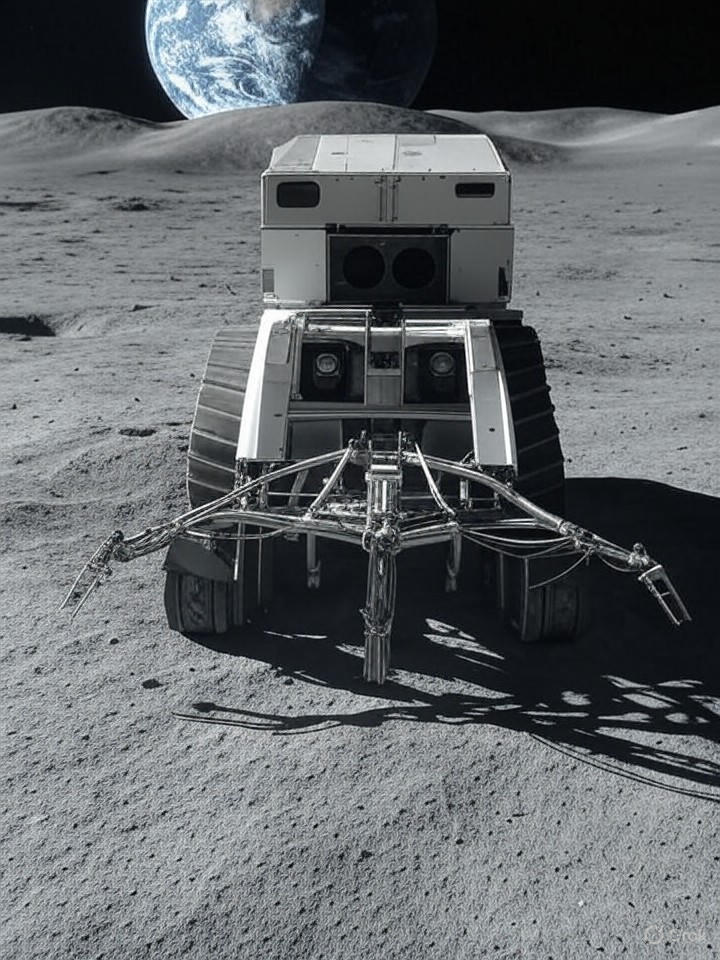Agricultural producers are gaining access to advanced crop analysis capabilities through the innovative use of standard RGB cameras. Traditionally, multispectral imaging has provided critical insights into crop attributes such as nutrient content and chemical composition. However, the high cost of multispectral equipment has limited its widespread adoption. Recent developments are enabling producers to leverage affordable cameras, transforming them into effective tools for crop analysis.
The agricultural sector has long relied on detailed information to make informed management decisions. Nutrient content, for instance, is vital for optimizing yields and maintaining soil health. While multispectral imaging has emerged as a valuable resource for assessing these aspects, its expense often poses a barrier for many producers. The transition to using standard RGB cameras offers a cost-effective alternative.
By employing advanced imaging technology, researchers are exploring ways to extract valuable data from images taken with standard RGB cameras. These cameras capture visible light spectra, which can be analyzed to infer information about crop health and characteristics. While RGB cameras do not provide the same depth of data as multispectral models, recent advancements in image processing techniques are closing that gap.
Accessible Technology for Farmers
The push towards utilizing standard RGB cameras is particularly important for small-scale farmers and producers in developing regions. These individuals often operate on tight budgets, making expensive multispectral imaging systems unattainable. By adopting more affordable technology, farmers can improve their productivity and sustainability without incurring significant costs.
In addition to cost savings, the integration of RGB cameras in agricultural practices simplifies the analysis process. Farmers can use easily available imaging software to assess crop conditions, allowing for rapid decision-making. This accessibility not only promotes efficiency but also enhances the capacity for data-driven farming.
Strong collaborations between technology developers and agricultural researchers are vital for optimizing this approach. By focusing on user-friendly software solutions tailored for RGB imagery, the agricultural community can harness the potential of these cameras. This partnership is essential for ensuring that farmers are equipped with the tools they need to thrive in a competitive market.
The Future of Crop Analysis
Moving forward, the agricultural sector faces the challenge of continuously adapting to technological shifts. As the demand for data-driven decision-making grows, the role of affordable imaging solutions will likely expand. Moreover, advancements in artificial intelligence and machine learning could further enhance the analysis capabilities of RGB cameras, unlocking new potential for crop assessment.
The transition to using standard RGB cameras for crop analysis represents a significant step forward in agricultural technology. By making critical information more accessible to producers, this innovation has the potential to reshape how farmers approach crop management. As this trend continues to evolve, it will be essential to monitor its impact on agricultural productivity and sustainability.
In conclusion, the adaptation of everyday RGB cameras for agricultural analysis signifies a meaningful development in enhancing farming practices. With the right support and technological advancements, standard cameras could become integral tools in driving agricultural innovation and efficiency.







